
views
X
Trustworthy Source
FamilyDoctor.org
Family-focused medical advice site run by the American Academy of Family Doctors
Go to source
Soothing Itchiness and Discomfort
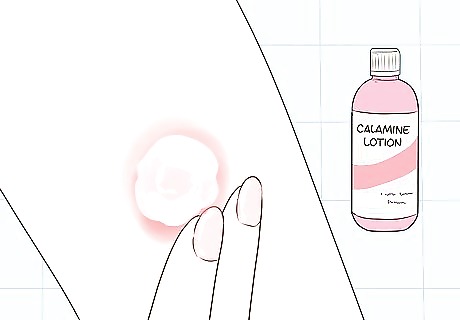
Rub a pea-sized amount of calamine lotion on the blisters. Squeeze a small amount of calamine lotion onto your fingertips. Using soft, gentle motions, spread the product over all of your blisters. If you run out of lotion, pour out another pea-sized amount. Any kind of over-the-counter corticosteroid cream will work.
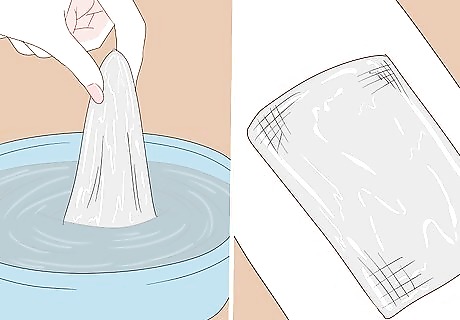
Cover the blisters with aluminum acetate wet dressings 4-6 times daily. Soak the dressings in aluminum acetate and then lay them over the blisters. Leave the wet dressings in place for 20 to 30 minutes. Then, remove the dressings. Repeat 4 to 6 times daily to help soothe the irritated skin.

Apply baking soda paste to your blisters if you don’t have lotion. Create a soothing topical treatment with 3 tsp (12 g) of baking soda and 1 tsp (4.9 mL) of water. Mix the ingredients together thoroughly, and rub the paste over any affected areas. Don’t rinse off the paste—instead, use it in the same way that you’d apply lotion. If your poison ivy blisters are more widespread, draw a warm bath with ½ cup (90 g) of baking soda mixed in.Did you know? Apple cider vinegar can provide quick relief to your blisters, while also working to dry out the skin. Keep in mind that this treatment might sting at first, since acidic vinegar will feel harsh on your inflamed skin.
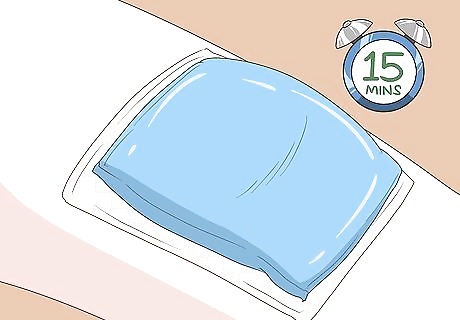
Set a cool, wet compress over your blisters for 15 minutes. Soak a paper towel or washcloth in cool running water. Wring out the compress so it’s not dripping wet, and place the item over your itchiest blisters. Leave the compress on your skin for 15-30 minutes, then remove the towel or cloth to give your skin some fresh air. Feel free to use this treatment several times throughout the day. This treatment is best for small sections of poison ivy blisters. Don’t use warm or hot water, as this won’t feel soothing on your skin irritated skin.
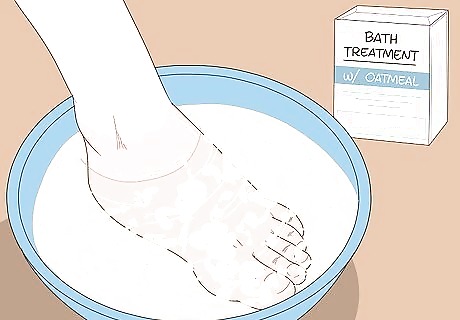
Soak in a lukewarm oatmeal bath if your blisters are widespread. Look in your drugstore for a bath treatment product including oatmeal as a main ingredient, or add about 1 cup (90 g) of oats into a tub filled with lukewarm water. Ideally, aim for your bath to be between 90 and 95 °F (32 and 35 °C). If you’re in a rush, try taking a short, cool shower instead.

Dab some tea tree oil over opened poison ivy blisters. Pour a small, coin-sized amount of tea tree oil onto a cotton ball or pad, and gently pat it onto your opened blister. Don’t rub the oil in—instead, gently massage it around the affected skin. Let the oil sit on the open blister instead of wiping it off. Tea tree oil has anti-inflammatory qualities, and is great for preventing infections.
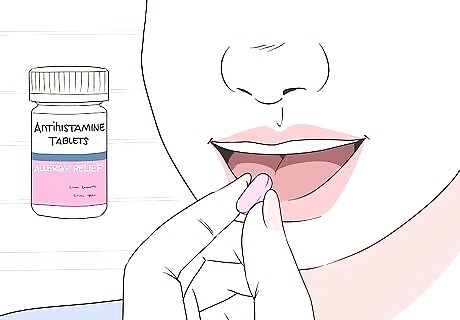
Take antihistamine tablets orally to ease the itching. Go to your local drugstore and pick up some antihistamine tablets, like Benadryl. Follow the recommended dose on the bottle, and don’t take too many tablets at once. Continue taking these pills throughout the day, as the medicine permit. If using Benadryl, adults can take 25 to 50 mg every 4 to 6 hours. Benadryl may also help you sleep. For a non-drowsy option, take 10 mg of Claritin (loratadine) once daily. Children ages 3 to 5 can take 5mg of Claritin once per day. Another non-drowsy antihistamine is Zyrtec (cetirizine).
Getting Medical Treatment for Severe Blisters
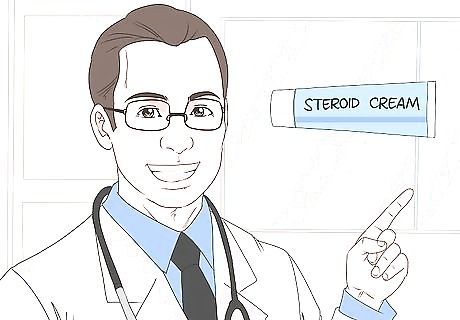
Get an over-the-counter steroid cream prescription if your blisters are severe. Contact your doctor if you have debilitating itchiness or irritation from your poison ivy blisters. See if steroid cream is an option for you, and if your local physician would be willing to prescribe it for you on a limited basis. Unfortunately, allergy shots don’t speed up the healing process or ease any itchiness.
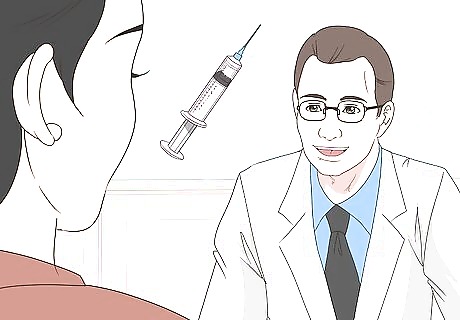
Opt for steroid injections if you don’t want to use cream. Talk to your doctor about receiving a steroid injection if your poison ivy rashes and blisters are unbearable. Follow the treatment instructions carefully, especially if you need to take another medication in addition to the injections. Depending on your individual case, your doctor might prescribe an injection of triamcinolone.
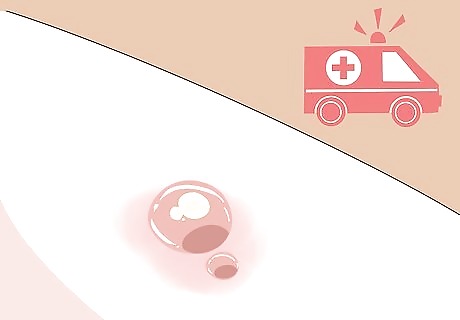
Schedule a doctor’s appointment if your blisters are oozing pus. Keep an eye on your symptoms, and take note of your internal temperature. If you start feeling feverish or noticing yellow-colored pus emerging from your blisters, there’s a good chance you could have an infection. Contact your doctor as soon as possible to get the right treatment that you need. If your body temperature is over 100 °F (38 °C) or your rash hasn’t cleared in 2-3 weeks, then you should schedule an emergency appointment with your doctor.
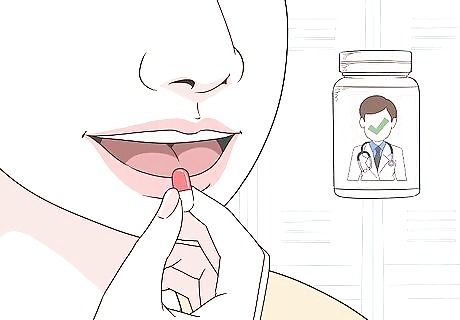
Take antibiotics if your blisters are infected. Talk to your doctor to get an official diagnosis on your condition. When prescribed, follow the proper dosing instructions and monitor your symptoms, such as your internal temperature. Continue taking this medication orally until your doctor confirms that the infection is gone. Infections tend to occur with larger outbreaks of the poison ivy rash.
Maintaining Sanitary Habits
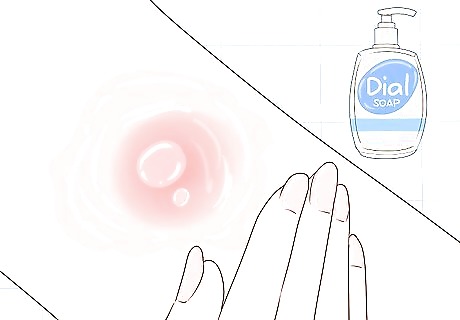
Wash off the affected area immediately to get rid of the itch-inducing oils. As soon as you notice your rash and blisters, take time to wash off the area with warm water and Dial soap, GOOP (which removes oil and grease), or Tecnu (a soap formulated for treating poison ivy). Remove any leftover urushiol left on your skin, which is the natural substance that causes the rash and blisters to form. Make sure to scrub under your fingernails as well. Additionally, take off any clothes that you were wearing at the time you got poison ivy. Be sure to wash your clothes immediately after taking them off. Once the oil is washed off of your skin, the poison ivy is no longer contagious to other people.
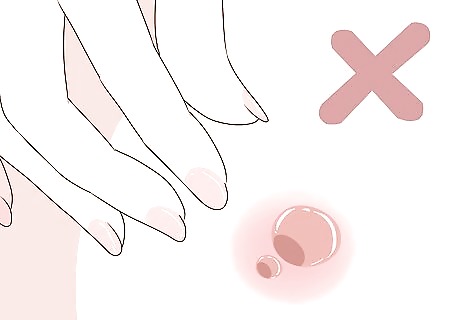
Avoid scratching or picking at the blisters. Resist the temptation to pop open your blisters. Despite popular belief, this won’t make your rash heal faster; in fact, it might end up significantly slowing down the healing process. If the itching becomes unbearable, try applying a soothing topical treatment to ease any discomfort. Infections most often occur in popped/opened blisters.Did you know? The fluid inside of your poison ivy blisters isn’t contagious. The contagious, itch-inducing oil secreted by poison ivy, oak, and sumac is known as urushiol, and is removed as soon as you wash off the affected area.
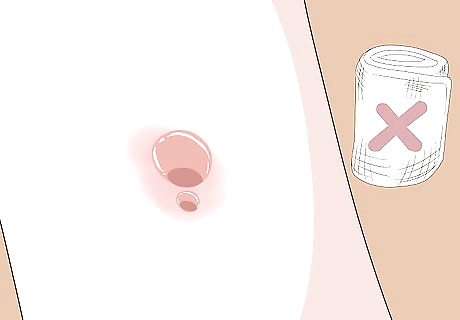
Leave the blisters uncovered instead of using bandages. It’s important to leave the blisters uncovered as the skin covering the blisters will act as a natural protective bandage. Avoid covering the blisters with any kind of bandage as this may make it worse.
















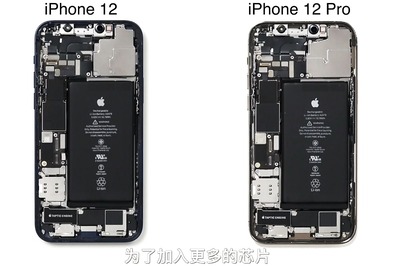


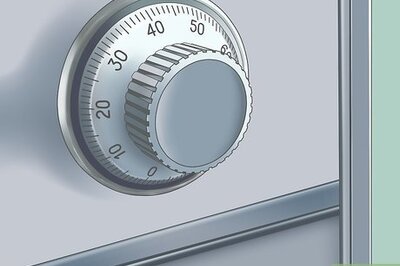
Comments
0 comment